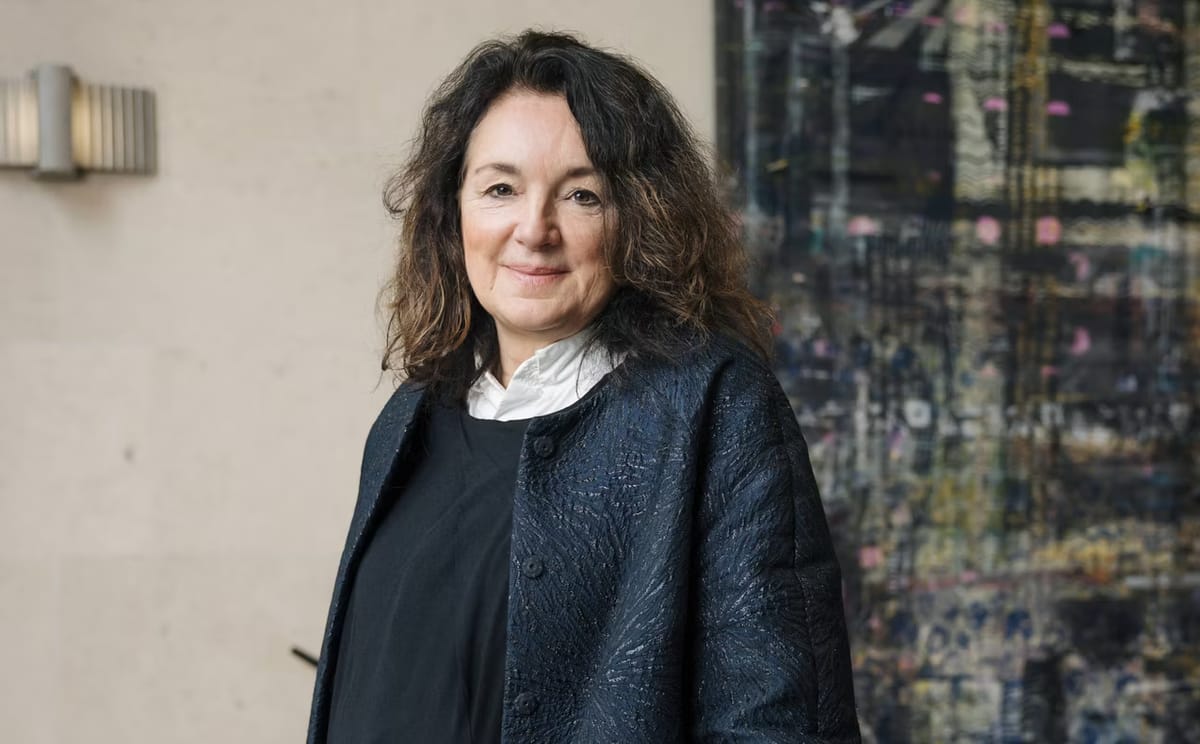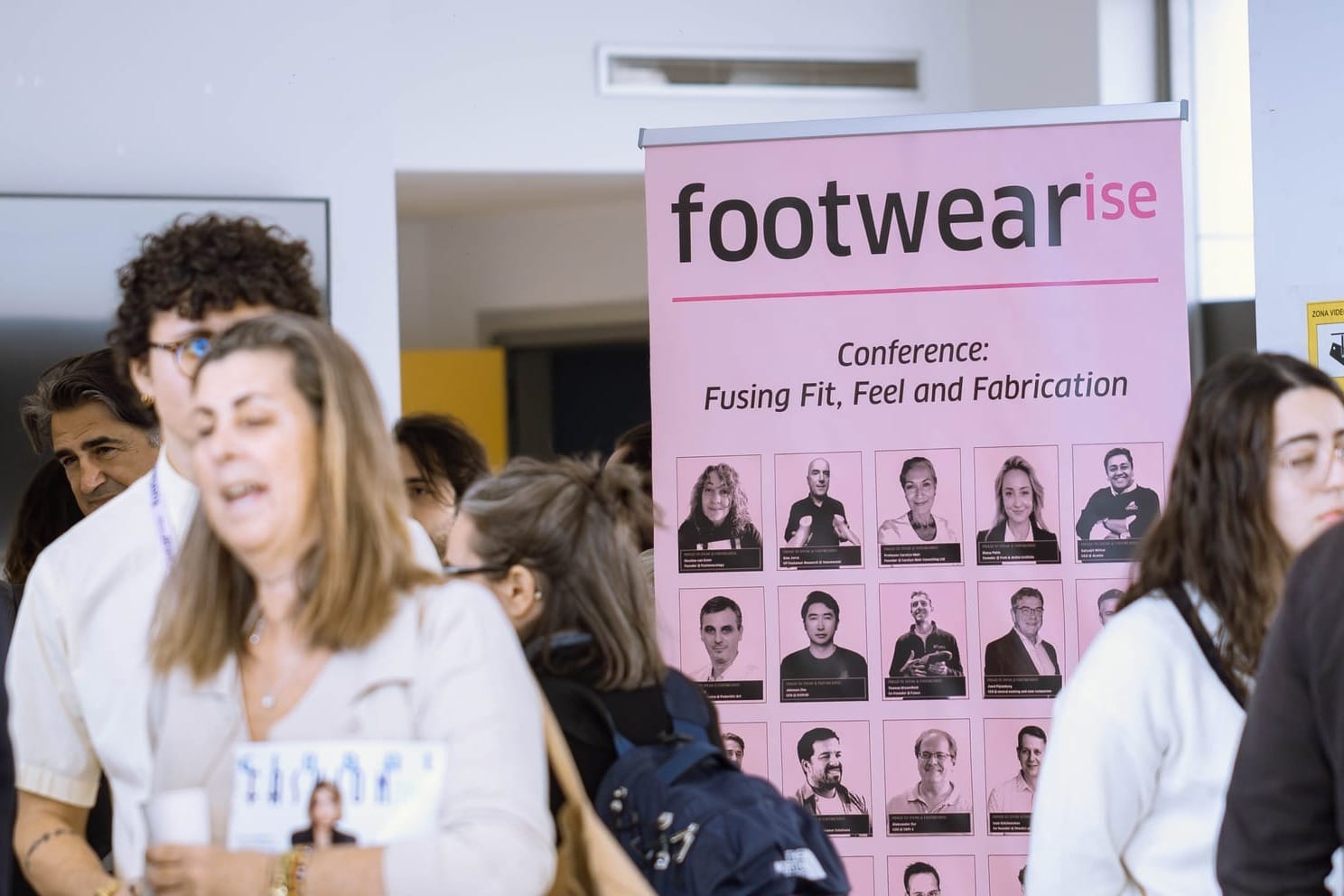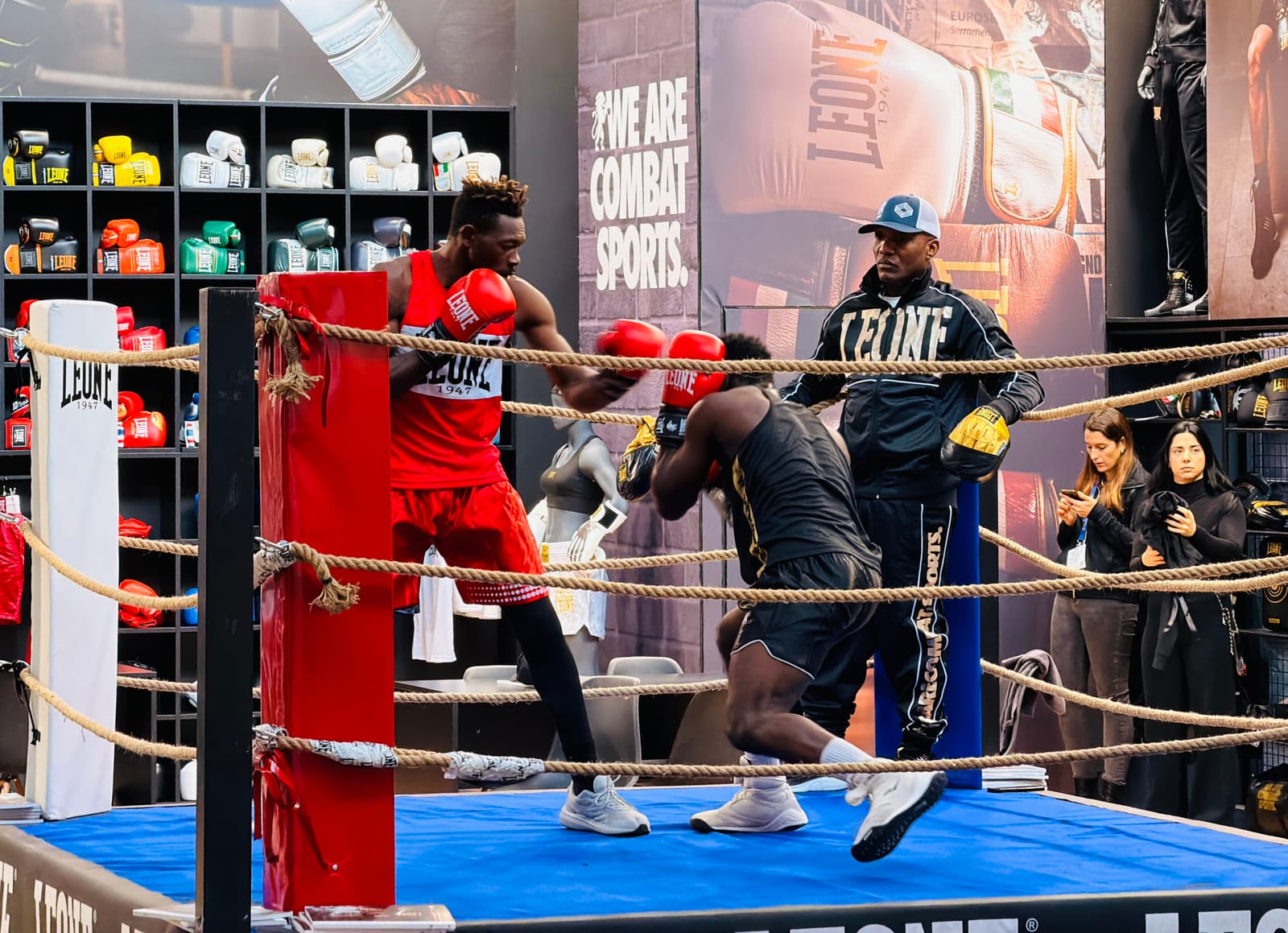Each year, the 3DRC Grand Challenge honours the most forward-thinking academic and start-up solutions pushing the boundaries of fashion’s digital future. While only two winners ultimately claim the top prize, we, on this year’s judging panel, faced an unusually difficult task - not because of a lack of quality, but because so many of the entries were just that strong.
From AI-powered tools for pattern automation to democratized 3D content creation, the 2025 semi-finalists stood out for their creativity, technical ambition, and potential to drive meaningful change. Though they didn’t take home the title, these teams captured the attention of us judges, and we felt they deserved yours too.
In this special feature, we spotlight the runners-up whose ideas are already reshaping how fashion is designed, made, and delivered. Keep an eye on them - we will be!
🎓 Academic Semi-Finalist
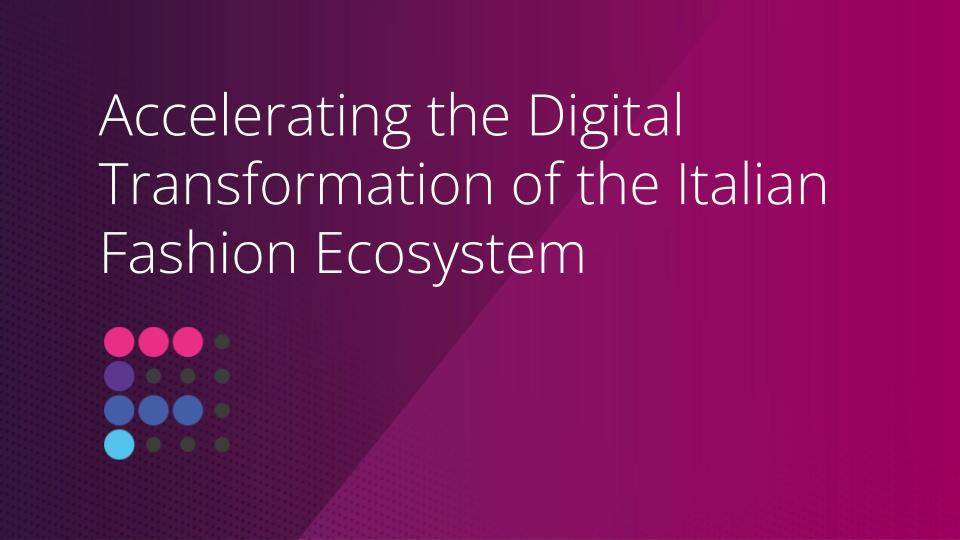
The Fashion for Future Lab @ University of Florence
Accelerating the digital transformation of the Italian fashion ecosystem
The Fashion for Future laboratory at the University of Florence has developed a novel, sector-specific training path to accelerate the digital transformation of the Italian fashion system. The programme introduces an innovative bidirectional integration of AI and 3D modeling across the entire product lifecycle, enabling participants to move seamlessly between creative ideation and technical validation.
Grounded in real-world pilot workshops with leading luxury brands, this hands-on, co-designed approach has already proven its ability to transform creative processes, enhance sustainability, and empower professionals with future-ready, data-driven capabilities. Structured in three lifecycle-based modules - Concept & Design, Production & Supply Chain, and End-of-Life & Circularity - the training equips learners to apply tools like Midjourney, Clo3D, and predictive AI across everything from virtual prototyping to circular fashion modeling.
What sets this initiative apart is its emphasis on practical, system-wide impact. By teaching fashion teams to not just use technology but think with it, they are helping Italy’s creative heritage evolve into a digitally fluent, sustainability-focused future.
🔗For more information, please visit fashionforfuture.it and/or reach out to Virginia Fani here.
🚀 Start-up Semi-finalists
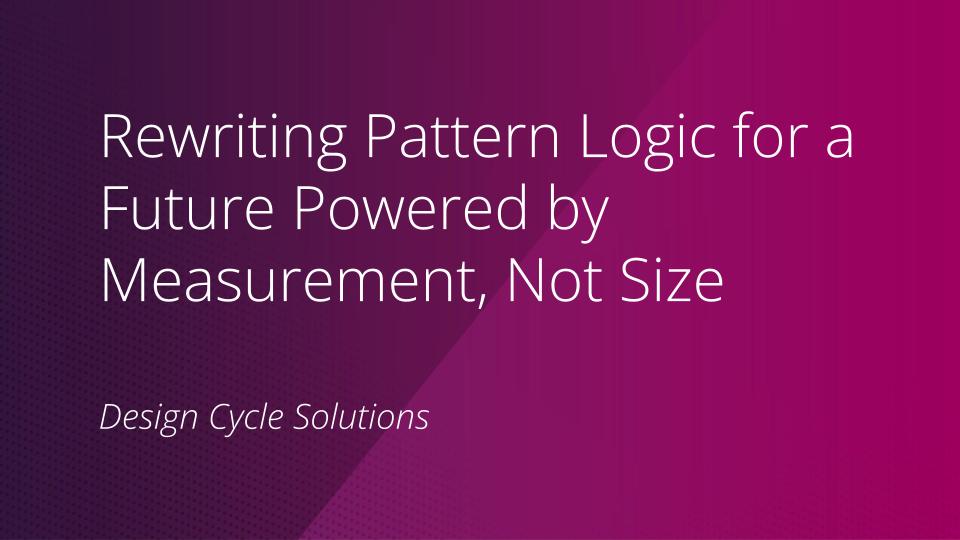
1️⃣ Design Cycle Solutions
Rewriting pattern logic for a future powered by measurement, not size
Design Cycle Solutions is tackling one of fashion’s deepest structural flaws: the lack of standardised, codified logic in pattern making. Their proprietary 4D Pattern Making System, based on over 580 measurement points and 376 body landmarks, redefines the relationship between garments and bodies through a “shop-by-measure” framework - shifting away from sizing and toward precise, customizable fit.
Unlike current AI systems that often produce flawed or oversimplified outputs, Design Cycle Solutions embeds grading, ease, and body motion directly into pattern algorithms. Their system works across traditional and digital tools, from slopers to style blocks, and even supports robotics and automation with universal UUID mapping. It’s not just about fit; this model enables quantum-level apparel intelligence, positioning measurement data as the key to personalised design, predictive manufacturing, and more sustainable retail.
Already in use for academic training, industrial research, and AI calibration, their work represents a major leap toward data-accurate, deeply integrated apparel production systems.
🔗For more information, please visit designcyclesolutions.com and/or reach out to Katy Schildmeyer here.
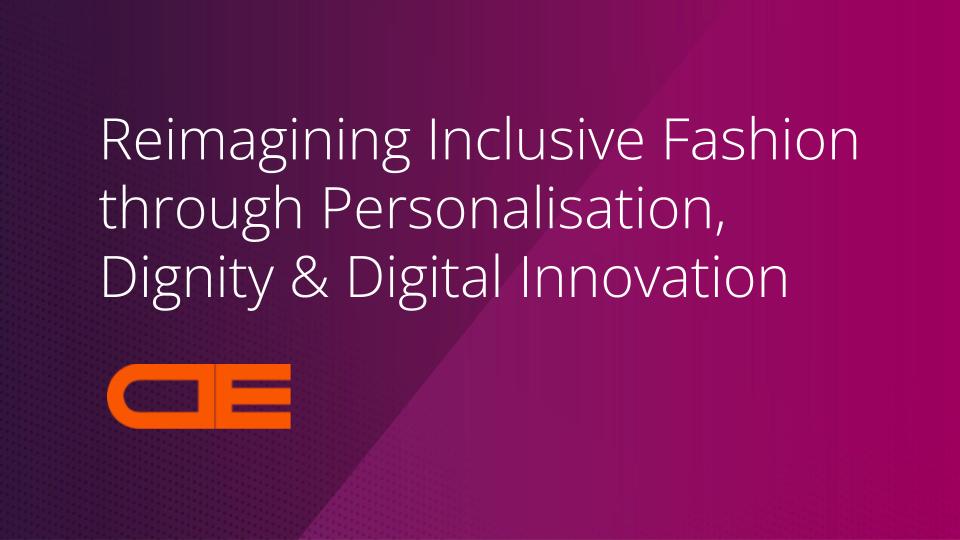
2️⃣ Differently Enabled
Reimagining inclusive fashion through personalisation, dignity & digital innovation
Differently Enabled (DE) is reimagining inclusive fashion through the lens of personalisation, dignity, and digital innovation. Built specifically to serve the 1 billion people worldwide living with disabilities or restricted mobility, DE merges AI styling, 3D design, and body scanning to deliver fashion that fits both function and self-expression.
Their proprietary scan-to-manufacture pipeline allows customers to co-create garments that not only reflect their personality but also meet their mobility needs. With no finished inventory and a made-to-order model powered by regional micro factories, DE reduces overproduction and minimises environmental impact while enabling mass customisation.
At the heart of DE’s approach is an ecosystem of bleeding-edge tech - from body scanning and AI-generated patterns to digital garment twins - all tailored to underserved consumers that mainstream brands have historically overlooked. Their work has already been featured at London and Paris Fashion Weeks and supported by disability charities, proving that inclusive design and commercial innovation can go hand in hand.
🔗For more information, please visit differentlyenabled.com and/or reach out to Craig Crawford here.
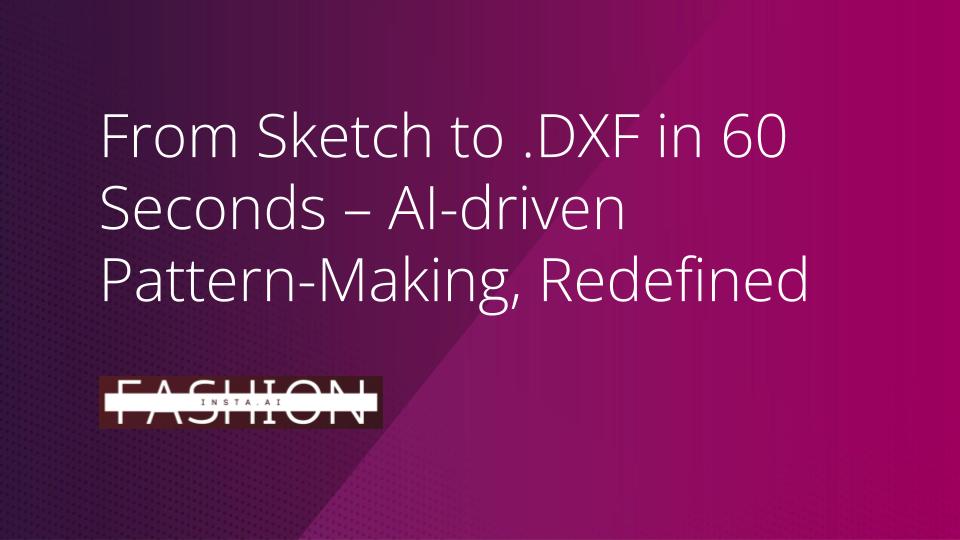
3️⃣ fashionINSTA
From sketch to .DXF in 60 seconds - AI-driven pattern-making, redefined
fashionINSTA is the first AI-powered sketch-to-pattern tool that doesn’t just generate nice visuals, but delivers real, production-ready .DXF patterns in under 60 seconds. Built by fashion professionals for fashion professionals, the platform eliminates one of the industry’s longest-standing bottlenecks: the manual, time-intensive pattern-making process.
Instead of outsourcing or waiting weeks for physical sampling, designers can now upload a sketch and receive 70% production-ready patterns instantly, compatible with CLO3D, Style3D, and VStitcher - no format conversion needed. The result? Faster collections, consistent fit, and a direct line from creative vision to manufacturing.
fashionINSTA is already gaining traction.; its scalable, SaaS-based model supports freelancers, mid-sized teams, and global enterprises alike, while its sustainability impact includes up to 60% fewer samples and a significant drop in fabric waste and CO₂ emissions.
🔗For more information, please visit fashioninsta.ai and/or reach out to Sylwia Szymczyk here.
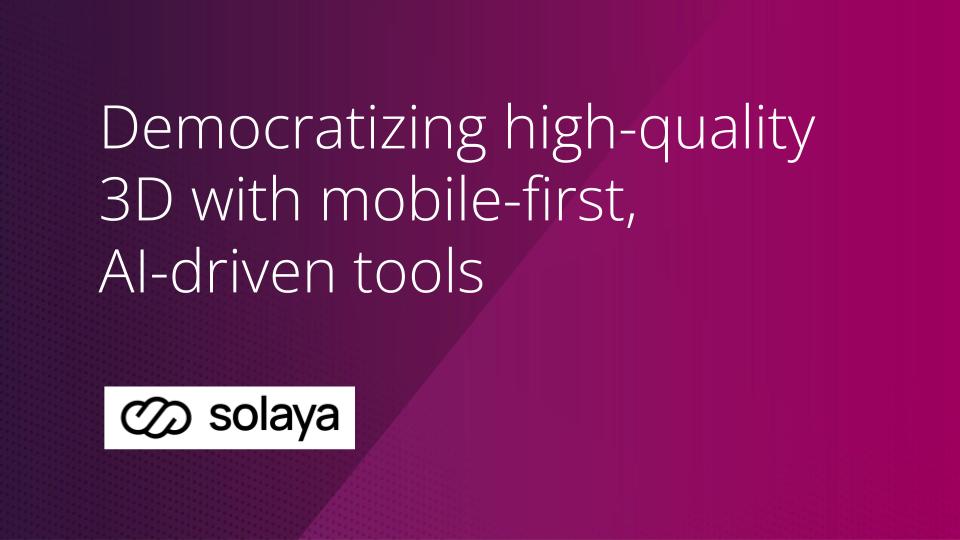
4️⃣ Solaya
Democratizing high-quality 3D with mobile-first, AI-driven tools
Solaya is building a generative-first 3D content platform that turns any iPhone Pro into a high-precision 3D scanner - making immersive, on-brand visuals instantly available for fashion e-commerce, marketing, and digital product workflows. What sets Solaya apart is its end-to-end lifecycle integration: from concept ideation and real-time prototyping to post-design styling and campaign localization, all powered by AI.
Solaya blends speed, scalability, and sustainability; its AI stack supports prompt-based 3D generation, semantic tagging, automatic variant creation, and intelligent styling - transforming content creation into an adaptive, collaborative experience. By cutting out photo shoots, shipping samples, and siloed production teams, Solaya helps brands reduce costs and carbon emissions while democratizing access to high-end 3D creation for non-technical users.
The team is now focused on zero-shot personalisation, PLM integrations, and real-time campaign adaptation; pushing the boundaries of what’s possible in post-linear product storytelling.
🔗For more information, please visit solaya.ai and/or reach out to Stella Fressier here.

5️⃣ Virtu
Simplifying collaboration, accelerating creation – from sketch to shelf in just 8 weeks
Virtu is taking aim at one of retail’s most persistent inefficiencies: fragmented, outdated workflows. Their cloud-based 3D configurator provides an end-to-end collaboration platform that replaces 8–10 tools with one intuitive solution, cutting time-to-market by up to 75% and unlocking powerful new efficiencies for both brands and manufacturers.
Designed for the $1T+ general merchandise market, Virtu’s system is already showing traction - pilots with a leading brand manufacturer led to a 65% reduction in waste, $200K in cost savings, and drastic timeline compression. With customisable lighting, real-time 3D creation, and seamless workflow integration, Virtu doesn’t just enhance design - it streamlines creation, planning, and production in one go.
Their next phase focuses on scaling their pilot success, enhancing AI capabilities, and supporting the next generation of retail creators across marketplaces like Amazon, Shopify, and Instagram.
🔗For more information, please visit virtu3d.io and/or reach out to Aditya Siripragada here.
Closing Thoughts
To all the semi-finalists featured here - thank you! Your creativity, perseverance, and commitment to challenging the status quo left a lasting impression on this year’s jury. While the trophy may have gone elsewhere, your work deserves - and demands - attention.
We encourage readers, collaborators, and curious minds to reach out, explore, and support these innovators as they continue to build momentum. Whether you're seeking a partner, a pilot, or a spark of inspiration, you’ll find it in the ideas shared above.
The future of fashion doesn’t belong to a single winner...it belongs to the collective courage to build something better. Let’s keep the spotlight shining ❤️
Missed the winner interviews? Catch them at the links below:
Start-up Winner: PixaScale🏆
Academic Winner: Fashion Institute of Technology (FIT) 🏆


